Home>diy>Building & Construction>What Is The Down Payment For A Construction Loan
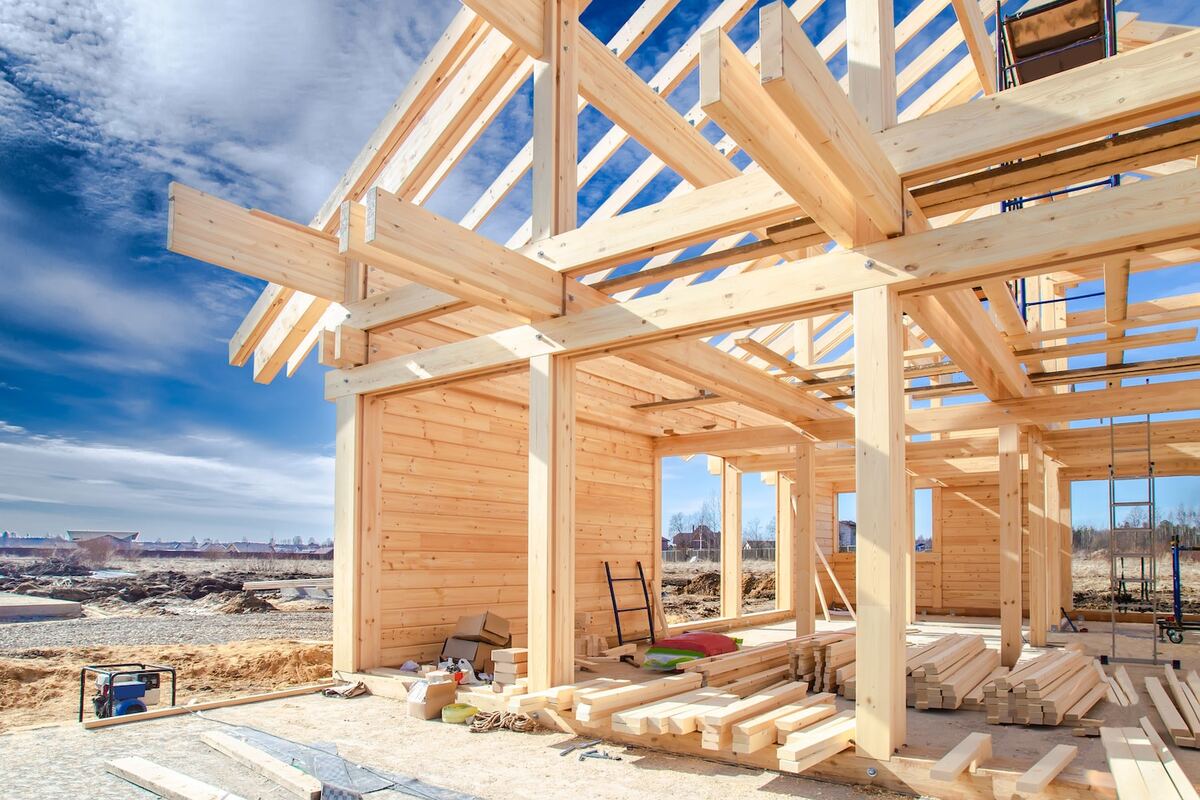

Building & Construction
What Is The Down Payment For A Construction Loan
Modified: January 24, 2024
Learn about the down payment requirements for a construction loan and get the funds you need for your building construction project.
(Many of the links in this article redirect to a specific reviewed product. Your purchase of these products through affiliate links helps to generate commission for Storables.com, at no extra cost. Learn more)
Introduction
When it comes to financing a new construction project, one of the most important considerations is the down payment for a construction loan. Understanding the concept of a down payment and its requirements is crucial for anyone embarking on a building construction journey.
A construction loan is a specific type of loan that is used to fund the construction of a new property, whether it is a residential home or a commercial building. Unlike a traditional mortgage loan, which is designed for the purchase of an existing property, a construction loan provides funds to cover the costs of construction, including materials, labor, and permits.
Before delving into the specifics of the down payment, it’s important to have a solid understanding of how construction loans work. These loans are generally short-term and have a higher interest rate compared to traditional mortgage loans. They are typically provided in phases or draws, where funds are disbursed at different stages of the construction process. This ensures that the borrower has access to the necessary funds to complete each phase of the project.
Now, let’s dive into the concept of the down payment for a construction loan. In simple terms, a down payment is a portion of the total loan amount that the borrower is required to pay upfront. This amount varies depending on numerous factors, including the lender’s policies, the borrower’s financial situation, and the specific details of the construction project.
The down payment serves as a guarantee to the lender that the borrower is committed to the project and has a vested interest in its success. In addition, it also provides some protection for the lender in case the value of the property does not meet the expected appraisal.
Requirements for a construction loan and its down payment can vary greatly depending on the lender. Some lenders may require a specific percentage of the total loan amount as a down payment, while others may have more flexible options. It’s essential to research and compare different lenders to find the best fit for your construction financing needs.
Various factors can influence the required down payment for a construction loan. The borrower’s credit score, financial history, and income stability are crucial considerations for lenders. Additionally, the loan-to-value (LTV) ratio, which compares the loan amount to the appraised value of the property, can also impact the down payment required.
When it comes to the typical down payment for a construction loan, it can range anywhere from 20% to 30% of the total loan amount. However, some lenders may offer options for lower down payments if you meet certain criteria. This percentage can make a significant difference, especially when considering the overall cost of the construction project.
Key Takeaways:
- Understanding the down payment for a construction loan is crucial, as it demonstrates commitment to the project and mitigates risk for both the borrower and the lender. Factors such as creditworthiness and property type can influence the down payment amount.
- Exploring various financing options, such as personal savings, home equity, and down payment assistance programs, can help borrowers secure the necessary funds for the down payment. Careful evaluation and professional guidance are essential in selecting the most suitable option.
Understanding Construction Loans
Construction loans are a specialized type of financing that provides the funds necessary to build a new property from the ground up. Unlike a traditional mortgage loan, where the borrower purchases an existing property, a construction loan is specifically tailored to cover the costs of construction, including land acquisition, permits, materials, and labor.
One of the key aspects of construction loans is their short-term nature. Typically, these loans have a term of one to three years, during which the construction process is completed. Once the construction is finished, the borrower will need to secure a long-term mortgage loan to pay off the construction loan.
Construction loans are generally considered riskier for lenders compared to mortgage loans on existing properties. This increased risk is due to the fact that construction projects are often complex and subject to various contingencies, such as weather conditions, labor shortages, or construction delays.
To mitigate this risk, lenders typically structure construction loans in a way that the funds are disbursed in stages or draws. These draws are typically tied to project milestones, such as completing the foundation, framing, and finishing stages. This ensures that the borrower receives the necessary funds as the construction progresses, minimizing the risk for both parties involved.
During each draw, the borrower will submit a request to the lender, providing documentation and evidence that the work has been completed according to the agreed-upon plans and specifications. The lender will then review the request and disburse the funds accordingly. This process continues until the construction project is complete.
It’s important to note that construction loans often come with higher interest rates compared to traditional mortgage loans. This is due to the increased risk and the short-term nature of these loans. Borrowers should be prepared for higher monthly payments during the construction phase.
Another important aspect of understanding construction loans is the concept of the loan-to-value (LTV) ratio. The LTV ratio compares the loan amount to the appraised value of the property. For example, if the construction loan is $500,000 and the appraised value of the property is $700,000, the LTV ratio would be 71.4%.
Lenders typically have limits on the LTV ratio they are willing to accept for construction loans. A lower LTV ratio indicates a smaller down payment requirement from the borrower and potentially less risk for the lender. However, a higher LTV ratio may require a larger down payment from the borrower to offset the increased risk.
Understanding the intricacies of construction loans is crucial to navigating the financing process for building construction. By familiarizing yourself with the terms and requirements of these loans, you can make informed decisions and successfully finance your construction project.
What is a Down Payment?
A down payment is a crucial component of any type of loan, including construction loans. It is a payment made upfront by the borrower to the lender, representing a portion of the total loan amount. In the context of construction loans, the down payment is a critical factor in securing financing for your building project.
The purpose of a down payment is twofold. Firstly, it acts as a form of collateral or security for the lender. When a borrower contributes a down payment, it demonstrates their commitment to the project and their ability to manage the financial responsibility associated with the loan. This reduces the risk for the lender and increases the likelihood of loan approval.
Secondly, a down payment helps to decrease the loan-to-value (LTV) ratio. The LTV ratio compares the loan amount to the appraised value of the property. A lower LTV ratio indicates a smaller loan amount relative to the value of the property, which is favorable for both the borrower and the lender.
The specific down payment requirements for a construction loan can vary depending on the lender and the characteristics of the project. Some lenders may require a fixed percentage of the total loan amount as a down payment, while others may have more flexibility in determining the amount. It is essential to research and compare different lenders to find the best fit for your construction financing needs.
In general, the down payment for a construction loan is often higher than that of a traditional mortgage loan. While traditional mortgages may have down payment options as low as 3-5% of the purchase price, construction loans typically require 20% to 30% of the total loan amount as a down payment. This higher down payment requirement reflects the increased risk associated with construction projects.
It is important to note that the down payment funds cannot typically be borrowed from another source. Lenders usually require that the down payment be sourced from the borrower’s own funds, such as savings or investments. This requirement ensures that the borrower has a personal stake in the project and is committed to its success.
Additionally, some lenders may impose specific restrictions on how the down payment is structured or when it needs to be paid. For example, a lender may require the down payment to be paid in multiple installments or at certain milestones during the construction process. It is vital to carefully review the terms and conditions of the loan to understand the down payment requirements and ensure compliance.
Ultimately, the down payment for a construction loan is a financial commitment that demonstrates your dedication to the project and provides security for the lender. By understanding the importance of the down payment and researching your options, you can effectively navigate the construction loan process and achieve your building construction goals.
Requirements for a Construction Loan
Obtaining a construction loan requires meeting certain requirements set by lenders, as these loans are considered higher risk than traditional mortgage loans. While the specific requirements can vary among lenders, there are common factors that borrowers should be aware of when seeking a construction loan.
1. Financial Stability: Lenders will assess the borrower’s financial stability to ensure their ability to manage the loan. This includes a review of the borrower’s credit history, credit score, and income stability. A good credit score and a steady income stream from a reliable source are typically preferred by lenders to mitigate the risk.
2. Construction Plans: Lenders will need detailed construction plans that provide a comprehensive overview of the project. These plans should include architectural drawings, engineering reports, cost estimates, and a timeline for completion. The more thorough the plans, the better the chances of loan approval.
3. Down Payment: As mentioned before, a down payment is a crucial requirement for a construction loan. Most lenders expect a down payment of 20% to 30% of the total loan amount. This down payment demonstrates the borrower’s commitment and reduces the lender’s risk. It is important to have these funds available from personal savings or investments.
4. Land Ownership: If the borrower already owns the land on which the construction will take place, it can be used as collateral for the loan. If not, the lender may also finance the land purchase as part of the construction loan package. In either case, proof of ownership or the purchase agreement for the land will be necessary.
5. Builder’s Qualifications: Lenders usually require the borrower to work with a qualified builder or contractor. The builder’s experience, reputation, and financial stability will be assessed by the lender. This ensures that the construction process will be carried out by professionals who can complete the project successfully.
6. Appraisal and Inspection: Lenders will require a professional appraisal to determine the current and future value of the property. The appraisal helps establish the loan amount and the loan-to-value (LTV) ratio. Additionally, lenders may require regular inspections during the construction process to verify the project’s progress and ensure compliance with the plans and specifications.
7. Loan-to-Value Ratio (LTV): The LTV ratio compares the loan amount to the appraised value of the property. Lenders typically have maximum LTV ratios they are willing to accept for construction loans. A lower LTV ratio indicates less risk for the lender and may result in more favorable loan terms.
It is important for borrowers to consult with different lenders to understand their specific requirements and find the best fit for their construction loan needs. In the construction loan application process, be prepared to provide detailed documentation, including financial statements, tax returns, construction plans, and proof of land ownership.
By meeting the requirements set by lenders, borrowers can increase their chances of securing a construction loan and successfully financing their building project.
The down payment for a construction loan is typically 20-25% of the total project cost. It’s important to have this amount saved up before applying for the loan.
Factors Affecting the Down Payment
When it comes to the down payment for a construction loan, several factors come into play that can influence the amount required. Understanding these factors is essential for borrowers seeking financing for their building project. Here are some key factors that can affect the down payment:
1. Loan-to-Value (LTV) Ratio: The loan-to-value ratio compares the loan amount to the appraised value of the property. Lenders often have maximum LTV ratios they are willing to accept. A lower LTV ratio indicates a smaller loan amount relative to the property’s value, which often results in a lower down payment requirement.
2. Borrower’s Creditworthiness: The borrower’s creditworthiness, including credit history and credit score, plays a significant role in determining the down payment requirements. A higher credit score and a solid credit history may result in a lower down payment requirement. Lenders are more confident in borrowers with a track record of responsible financial behavior.
3. Financial Stability: Lenders assess the borrower’s financial stability to ensure their ability to manage the loan. Factors like income stability, debt-to-income ratio, and available cash reserves can impact the down payment requirement. A borrower with a higher income and lower debt burden may be able to make a smaller down payment.
4. Builder’s Track Record: The qualifications and track record of the builder or contractor involved in the project can also affect the down payment requirement. Lenders may offer more favorable terms if the builder is experienced, reputable, and financially stable, as it reduces the risk of the project not being completed.
5. Property Type: The type of property being constructed can influence the down payment requirement. For example, if it is a primary residence or a multi-unit investment property, the down payment may differ. Lenders often have specific requirements based on the property type, so it’s important to understand these guidelines.
6. Loan Program: Different loan programs have varying down payment requirements. Some lenders may offer special programs or incentives that can result in lower down payment requirements. It’s essential to explore different loan options and discuss them with lenders to find the most suitable program for your needs.
7. Market Conditions: Economic and market conditions can impact down payment requirements. During times of economic uncertainty or housing market instability, lenders may impose stricter down payment requirements to mitigate risk. Conversely, in more favorable market conditions, lenders may be more lenient with down payment requirements.
It’s important for borrowers to communicate openly with lenders to understand how these factors will affect the down payment requirement for their specific situation. By considering these factors and planning ahead, borrowers can be better prepared to meet the down payment requirement and secure financing for their construction project.
Remember, proper research and comparison of lenders is crucial to finding the best terms and down payment requirements that align with your financial capabilities and project goals.
The Typical Down Payment for a Construction Loan
When it comes to securing a construction loan, understanding the typical down payment requirements is essential for borrowers. While specific down payment percentages can vary depending on the lender and project details, there is a general range that can guide borrowers in their planning process.
In most cases, the down payment for a construction loan falls within the range of 20% to 30% of the total loan amount. This means that if you are borrowing $500,000 for your construction project, you can expect a down payment requirement of $100,000 to $150,000.
The higher down payment requirement for construction loans compared to traditional mortgage loans reflects the increased risk involved in financing the construction of a new property. Construction projects carry inherent uncertainties and risks, such as unexpected costs, construction delays, and potential changes in market conditions. Lenders mitigate these risks by requiring a larger down payment upfront.
It’s important to note that the down payment is typically based on the total loan amount, which includes both the construction costs and the land value (if applicable). Therefore, it’s essential to have a clear understanding of the total project budget and ensure that you have the necessary funds available for the down payment.
However, it’s worth mentioning that some lenders may offer more flexible down payment options, particularly for borrowers with excellent credit and financial stability. These lenders may be willing to accept a lower down payment, potentially as low as 10%, depending on the circumstances. It’s crucial to shop around and compare different lenders to find the best terms and down payment options for your specific situation.
Keep in mind that a lower down payment may result in higher monthly payments during the construction phase, as the loan amount will be larger. Additionally, a higher down payment can contribute to a lower loan-to-value (LTV) ratio, which may lead to more favorable loan terms and potentially lower interest rates.
It’s important to consult with lenders and discuss your individual financial situation and project details to determine the most appropriate down payment requirement. Each lender may have specific criteria and guidelines, so it’s essential to gather all relevant information before making a decision.
Ultimately, understanding the typical down payment range for construction loans will help you plan and prepare financially for your building project. By having a clear understanding of the down payment requirement and exploring different lenders, you can secure the financing needed to turn your construction plans into reality.
Options for Financing the Down Payment
Financing the down payment for a construction loan is a significant financial consideration for borrowers. While the down payment is typically required in cash, there are several options available to help secure the necessary funds. Here are some common options for financing the down payment:
1. Personal Savings: Using personal savings is the most straightforward approach to financing the down payment. By diligently saving over time, you can accumulate the necessary funds to meet the down payment requirements. It demonstrates your commitment to the project and is often preferred by lenders.
2. Home Equity: If you already own a property with equity built up, you may consider tapping into that equity to fund the down payment. Home equity loans or home equity lines of credit (HELOC) allow you to borrow against the value of your existing property. Keep in mind that using your home equity as collateral carries its own risks and should be carefully evaluated before proceeding.
3. Gifts or Loans from Family and Friends: You may consider seeking financial assistance from family members or close friends. They can offer gifts towards your down payment or provide interest-free loans. It’s important to document these transactions properly to satisfy lender requirements and ensure compliance with gift tax regulations, if applicable.
4. Down Payment Assistance Programs: Some local governments, state agencies, and nonprofit organizations offer down payment assistance programs for qualified borrowers. These programs provide grants, loans, or other forms of financial assistance to help individuals or families with the down payment. It’s worth researching and exploring such programs in your area.
5. Retirement Accounts: Depending on your circumstances, you may consider withdrawing funds from your retirement accounts, such as a 401(k) or an IRA (Individual Retirement Account). Some retirement plans have provisions that allow for penalty-free withdrawals for first-time homebuyers or for building a primary residence. However, it’s crucial to understand the potential tax implications and risks before accessing retirement funds.
6. Bridge Loans: If you plan to sell an existing property to fund the down payment for your construction loan, but the sale is not yet complete, you may consider obtaining a bridge loan. A bridge loan provides short-term financing to cover the gap between the sale of your current property and the purchase of a new one. These loans can help with the down payment until the sale is finalized.
7. Seller Financing: In some cases, the seller of the land or property may be willing to offer financing options for the down payment. This arrangement involves the seller providing a loan or taking back a mortgage to cover a portion of the down payment. Negotiating seller financing terms can be advantageous, but it requires careful consideration and agreement from both parties.
It’s important to carefully evaluate each financing option, considering their pros, cons, and potential implications for your financial situation. Consulting with a financial advisor or mortgage professional can provide valuable guidance in selecting the most suitable option for your circumstances.
Remember, transparency is key when discussing down payment financing options with your lender. It’s essential to disclose the true source of your down payment and ensure compliance with lender requirements and regulations.
By exploring these financing options, you can overcome the hurdle of financing the down payment and make your construction project a reality.
Conclusion
Securing a construction loan and understanding the down payment requirements are vital steps in initiating a building construction project. The down payment serves as a commitment and investment from the borrower to the lender, while also mitigating risk for both parties involved. By meeting the down payment requirement, borrowers demonstrate their dedication to the project’s success, financial stability, and their ability to manage the loan.
While the typical down payment for a construction loan ranges from 20% to 30% of the total loan amount, it’s important to note that down payment requirements can be influenced by factors such as the borrower’s creditworthiness, financial stability, builder’s qualifications, and loan-to-value (LTV) ratio. Understanding these factors enables borrowers to effectively plan and prepare for financing their construction project.
Exploring options for financing the down payment is essential to meet the financial obligations associated with a construction loan. Whether it’s utilizing personal savings, tapping into home equity, seeking assistance from family and friends, or exploring down payment assistance programs, there are various avenues to secure the necessary funds. Careful evaluation of these options, along with professional financial guidance, can help borrowers make informed decisions that best suit their specific circumstances.
Lastly, it’s crucial to research and compare lenders to find the best fit for your construction loan and down payment requirements. Different lenders may have varying criteria and guidelines, so it’s important to gather all relevant information and understand the terms and conditions before making a decision. By finding the right lender, borrowers can secure favorable loan terms and make their construction dreams a reality.
In conclusion, understanding the down payment requirements for a construction loan, exploring financing options, and choosing the right lender are crucial steps in successfully financing your building construction project. By considering these factors and planning ahead, borrowers can navigate the construction loan process with confidence and turn their vision into a reality.
Frequently Asked Questions about What Is The Down Payment For A Construction Loan
Was this page helpful?
At Storables.com, we guarantee accurate and reliable information. Our content, validated by Expert Board Contributors, is crafted following stringent Editorial Policies. We're committed to providing you with well-researched, expert-backed insights for all your informational needs.

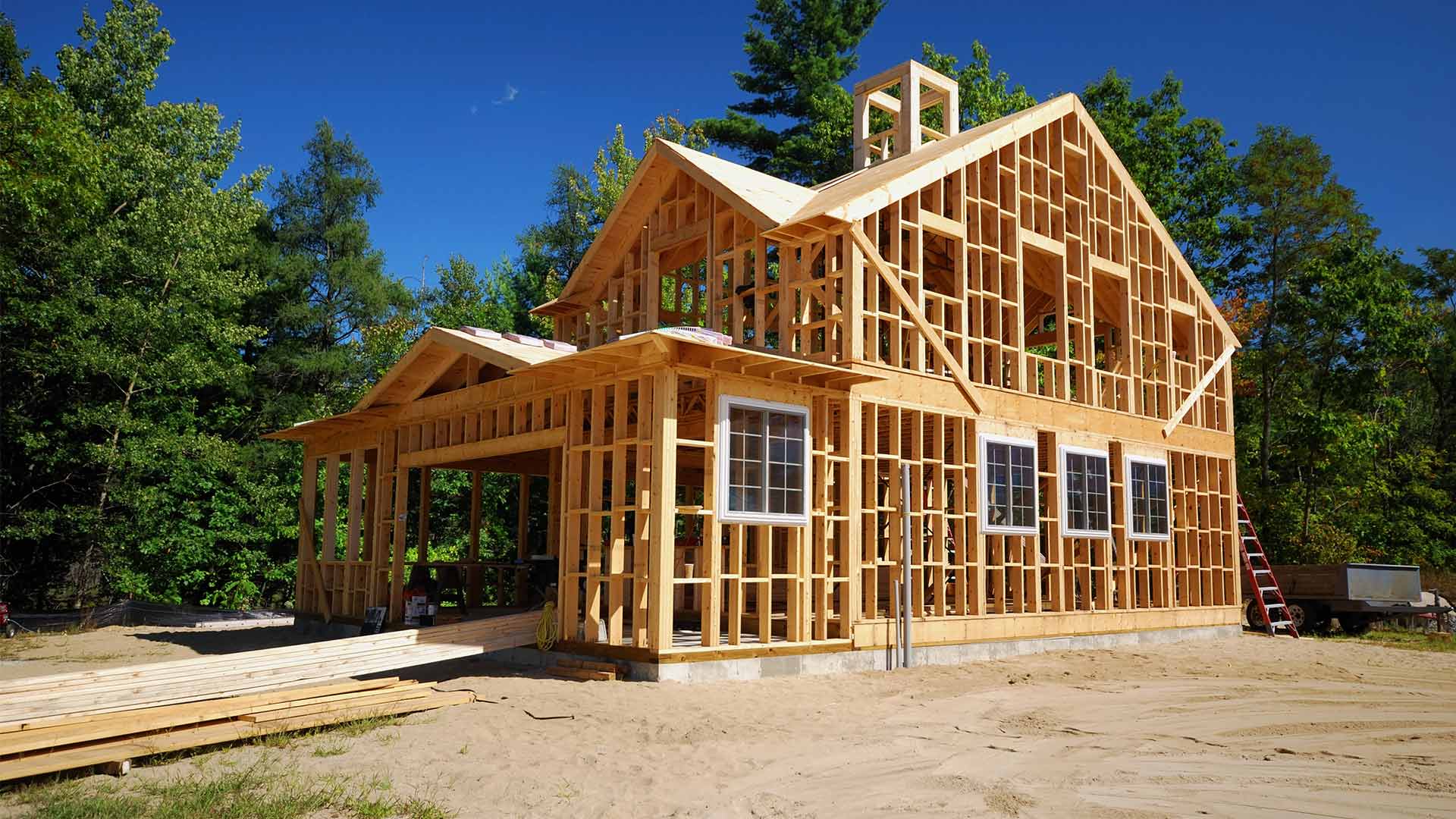

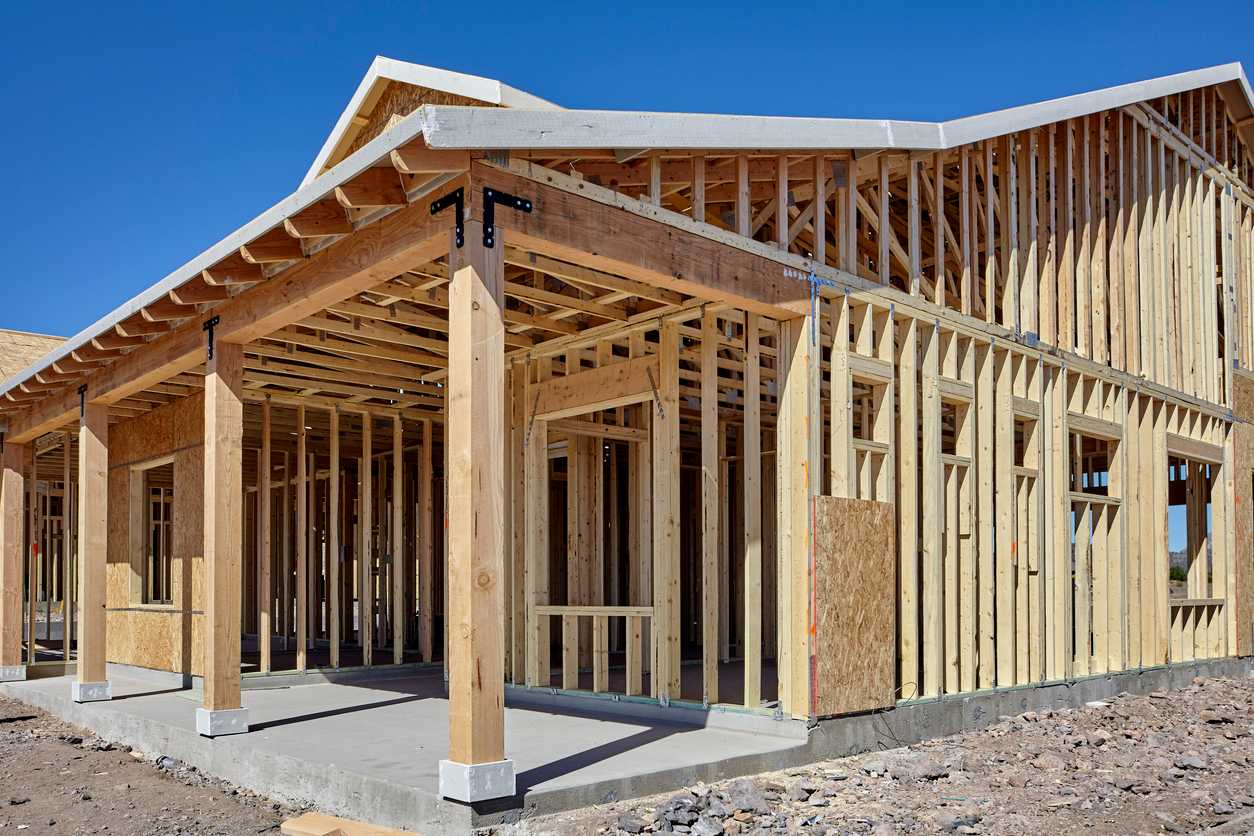

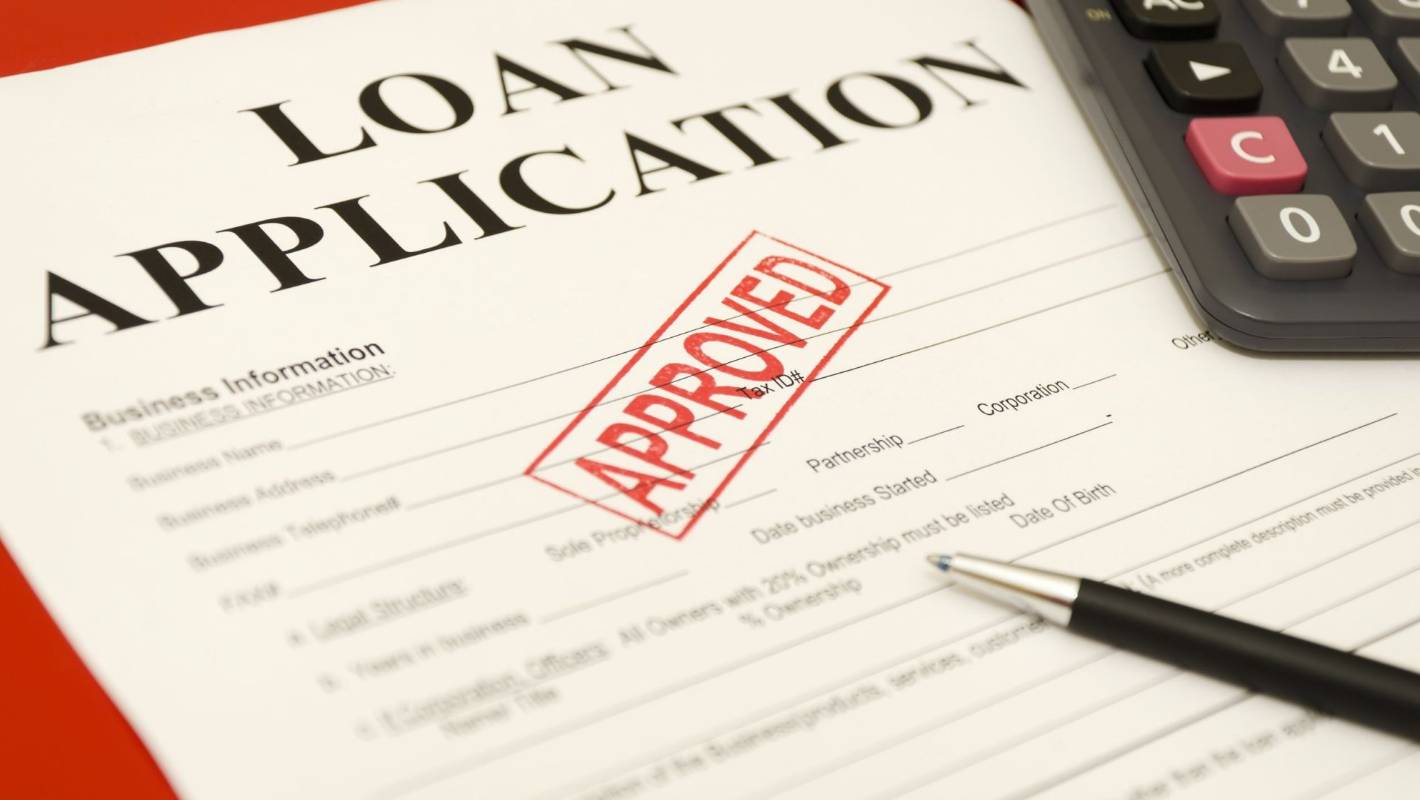
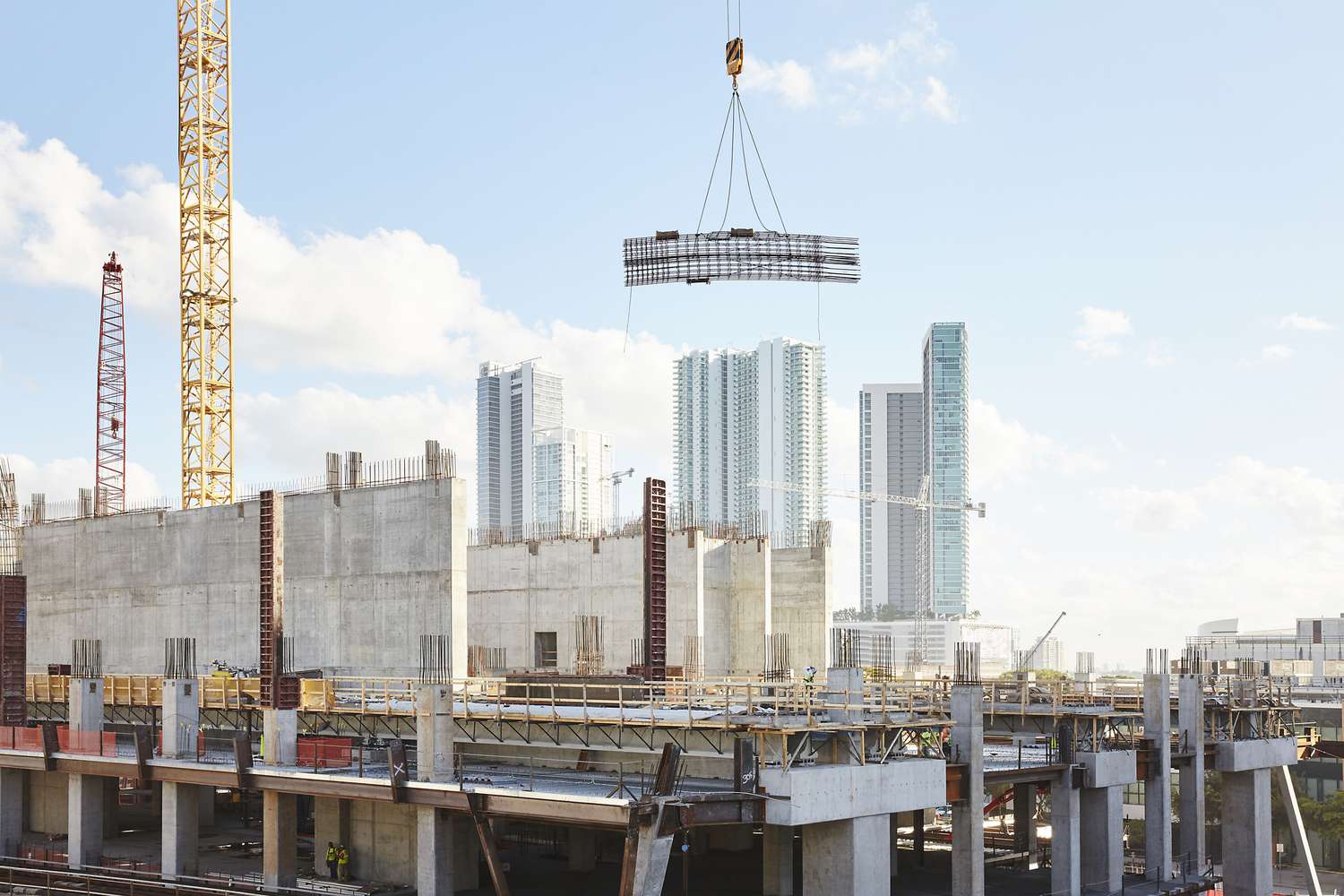






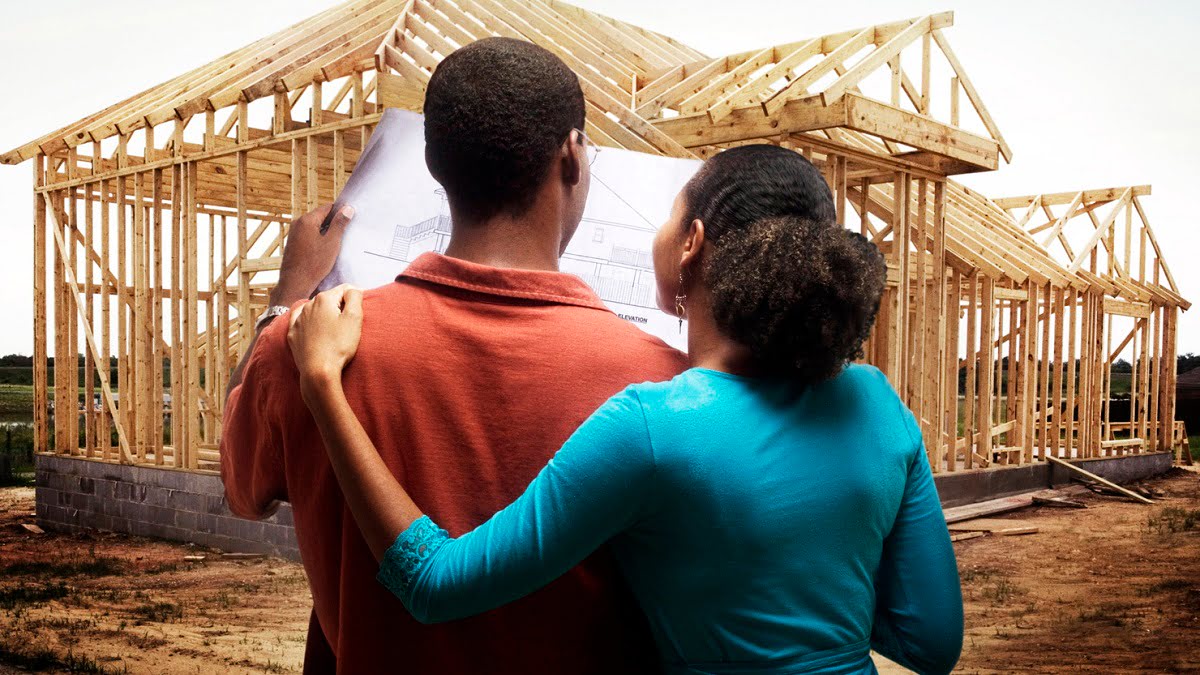

0 thoughts on “What Is The Down Payment For A Construction Loan”